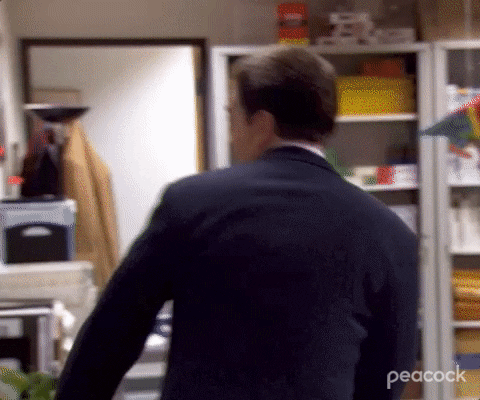Spot the Difference: Wear & Tear vs Damage
Every tenant and property owner will experience wear & tear and damage at least once. But what is the difference between the two and how do each impact the return of your security deposit? Find out all that and more in this SBP Blog!
Wear and tear generally refers to the expected deterioration of a unit or property caused by everyday use from tenants. This can range from scuff marks on linoleum floors to small nail holes made by hanging wall décor. Often times, property owners plan for the maintenance of a unit once tenants have moved out to prepare for the next resident.
On the other end of the scope, damage refers to the unreasonable use, abuse, or negligence of the property. Sometimes, damage can be attributed to accidents, but regardless, damage to a property can be quite costly to repair. When there is damage to the property, it is up to the landlord to determine if the tenant is responsible for covering the cost.
Check out some examples of wear & tear vs damage.
How does Wear & Tear or Damage impact my security deposit?
Upon move-out, an inspection of the unit or property will be conducted and both the wear & tear and damages will be assessed. Damages to the property will be deducted from the security deposit. If the damage is extensive and exceeds the security deposit, the cost will be billed directly to all occupants.
Normal wear & tear issues are typically not deducted from the security deposit. However, it’s always a good practice to ensure your unit or property is left in the same condition as when you found it.
For more questions on Wear & Tear vs Damage, or if you’re looking to lease a residence in Denton County, contact us today!



